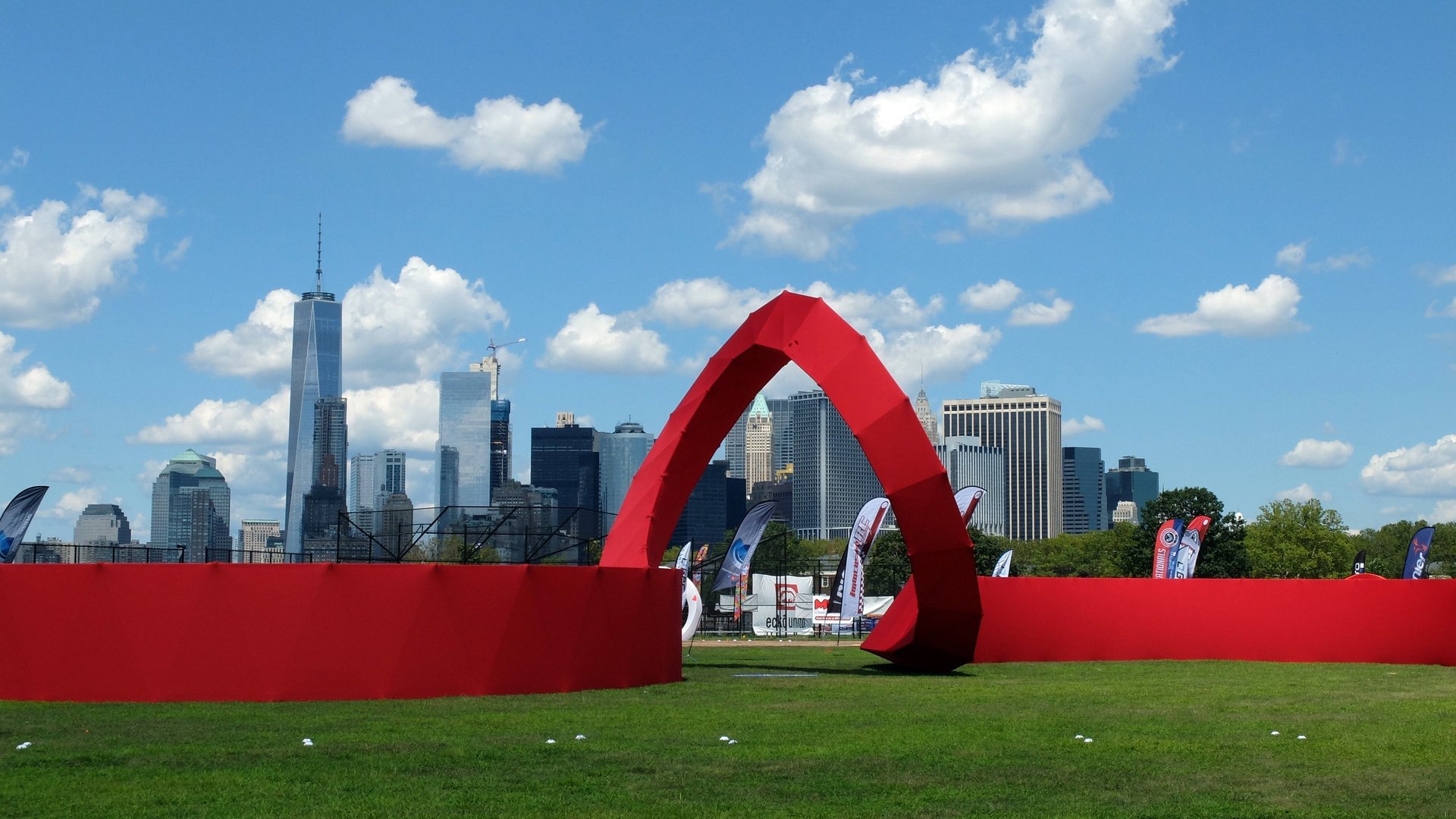After just two years, the original US national drone-racing competition is dead
Two summers ago, I stood in a dusty field in 100-degree weather to watch what was billed as the first US national drone-racing competition, sensibly titled US Drone Nationals. Its organizer, Scot Refsland, a technologist from the San Francisco Bay Area, had grand designs for turning drone racing into the next great spectator sport.


Two summers ago, I stood in a dusty field in 100-degree weather to watch what was billed as the first US national drone-racing competition, sensibly titled US Drone Nationals. Its organizer, Scot Refsland, a technologist from the San Francisco Bay Area, had grand designs for turning drone racing into the next great spectator sport.
Only a few hundred people attended the first competition. But the second, held last year on New York’s Governor’s Island, was attended by a few hundred more and sponsored by the likes of GoPro,Ernst & Young, and EMC—not bad for a DIY hobby that began on the internet. Perhaps more importantly, that event debuted the sport on ESPN.
Refsland hoped the US Drone Nationals could compete with the likes of Formula 1 and NASCAR on TV, but it seems that the competition is dead. A third edition was not scheduled this summer. Websites for Refsland’s drone organizations—dronenationals.com, droneworlds.com, and dronesportsassociation.com—are all now offline, and have been so since May, according to the Internet Archive. Refsland himself has gone dark on Twitter, and repeated attempts to contact him have gone unanswered.
But interest in drone races remains strong. One of Refsland’s earliest competitors, the Drone Racing League (DRL), recently announced that its second season would air on ESPN. It has secured over $32 million in venture funding, along with race title sponsors like Allianz and Budweiser.
A litany of technical challenges around flying multiple pilots and broadcasting their video feeds in real time often disrupted Refsland’s live races. Even when things ran smoothly, the tiny drones traveling at 70 mph were difficult to follow around a course. DRL takes these problems out of the equation by editing their races, and makes them more dramatic by profiling the racers in each episode. The organizers even loosen the screws in drones to make crashes more spectacular, DRL told Quartz in 2016.
Seventy-five million people tuned in to watch DRL’s inaugural season, according to TechCrunch, proof that people are still interested in watching recorded and edited drone races, if not the live races of the US Drone Nationals.
Whether drone racing will ever hit the viewership heights that other racing sports have—or e-sports, which also revolves around filming people sitting in chairs moving joysticks, and has events attracting tens of millions of viewers—is still unclear. But the possibility of becoming a professional drone racer—something many who showed up at Refsland’s original event hoped to become—is becoming a reality: The winner of this season of the DRL will receive $100,000, and a competition in Dubai last year had a $1 million prize purse.